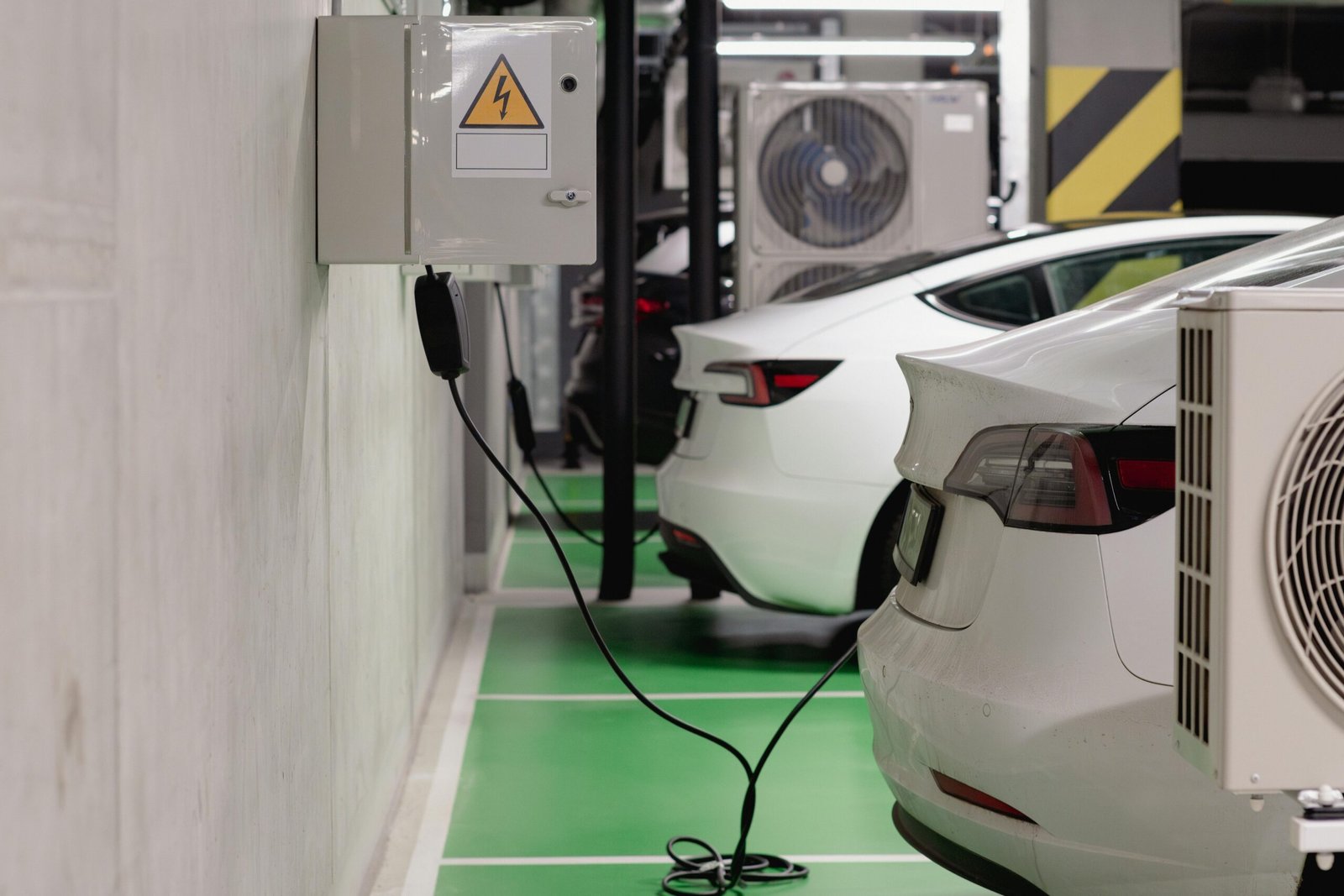The automotive industry is on the verge of a major transformation with the rise of autonomous vehicles (AVs). Self-driving cars have long been a concept of the future, but in recent years, technological advancements and major investments are pushing these vehicles closer to mainstream adoption. But what does this mean for the future of transportation? Will autonomous vehicles truly revolutionize the way we drive and interact with cars?
In this article, we’ll explore how autonomous cars are set to change the auto industry, the potential benefits and challenges they present, and what we can expect as this technology evolves.
1. What Are Autonomous Vehicles?
Autonomous vehicles, also known as self-driving cars, are vehicles that are capable of traveling without human input. They rely on a combination of sensors, cameras, radar, and complex algorithms to navigate roads, avoid obstacles, and make decisions typically made by a human driver.
There are various levels of autonomy, from Level 1 (basic driver assistance) to Level 5 (full autonomy, where no human intervention is required). Currently, most companies are working on achieving Level 4 autonomy, where vehicles can drive themselves in most conditions but may still require human intervention in certain situations.
2. The Technology Behind Autonomous Cars
Several key technologies work together to make autonomous vehicles a reality. Here are some of the core components:
a. Sensors and Cameras
Autonomous vehicles are equipped with various sensors, including LiDAR (Light Detection and Ranging), radar, ultrasonic sensors, and cameras, to detect objects, pedestrians, other vehicles, and road conditions.
b. Artificial Intelligence (AI)
AI plays a crucial role in processing data from sensors and cameras to make driving decisions. AI systems learn from real-world driving experiences, continuously improving their ability to handle complex scenarios.
c. Connectivity
Autonomous cars rely on connectivity to communicate with other vehicles, infrastructure, and cloud-based systems. This allows them to access real-time traffic updates, road conditions, and nearby hazards.
d. Mapping and Localization
High-definition maps and GPS technology are used to help autonomous vehicles understand their surroundings and navigate complex road networks accurately.
3. Benefits of Autonomous Vehicles
The rise of self-driving cars has the potential to bring numerous benefits, not only for drivers but also for society at large.
a. Increased Safety
One of the most significant advantages of autonomous vehicles is the potential to reduce accidents. Human error is responsible for the vast majority of car crashes, and autonomous cars could help eliminate risks such as distracted driving, impaired driving, and fatigue-related accidents.
b. Reduced Traffic Congestion
Self-driving cars can communicate with each other to optimize traffic flow, reduce bottlenecks, and prevent accidents. Autonomous vehicles could eventually lead to smoother, more efficient traffic patterns, reducing congestion and travel time.
c. Greater Accessibility
Autonomous vehicles could provide more mobility options for people who are elderly, disabled, or unable to drive due to other reasons. This could enhance independence and improve quality of life for those with limited access to transportation.
d. Environmental Impact
Autonomous vehicles could be integrated with electric vehicle (EV) technology, reducing emissions and making transportation more sustainable. Additionally, optimized driving patterns could lead to improved fuel efficiency, lowering overall fuel consumption.
4. Challenges Facing Autonomous Cars
While the potential benefits of autonomous vehicles are clear, there are several challenges that must be addressed before they can become mainstream.
a. Regulatory and Legal Issues
Governments around the world are still working to develop regulations and laws surrounding autonomous vehicles. Issues like insurance, liability, and safety standards need to be resolved before self-driving cars can be legally and safely operated on the roads.
b. Public Perception and Trust
Many people remain hesitant about the idea of giving up control to a machine. The notion of fully autonomous vehicles, without a driver in control, can be unsettling for some individuals. Building public trust in the technology will be essential for widespread adoption.
c. Technological Hurdles
While autonomous vehicles have made significant progress, there are still technological challenges to overcome. These include improving the ability of self-driving cars to navigate in adverse weather conditions (e.g., rain, snow), handling unexpected events, and refining AI systems to make decisions in complex, real-world scenarios.
d. Ethical Dilemmas
Self-driving cars will have to make decisions in situations that involve ethical considerations, such as how to react in an unavoidable crash scenario. These dilemmas raise important questions about programming and decision-making in autonomous systems.
5. How Autonomous Vehicles Could Transform the Auto Industry
The integration of autonomous vehicles is expected to radically change the automotive industry. Here’s how:
a. Shift in Vehicle Ownership Models
As autonomous technology advances, we may see a shift from individual car ownership to shared mobility services. With self-driving cars, people could rely more on car-sharing or ride-hailing services like Uber or Lyft, reducing the need for personal car ownership. This could lead to a decline in demand for traditional cars while increasing demand for fleets of autonomous vehicles.
b. New Business Opportunities
The rise of autonomous vehicles will open up new business opportunities. Companies that provide autonomous fleet services, ride-hailing platforms, and vehicle-to-infrastructure (V2I) communication systems will become more prominent. Additionally, there could be new markets for AI software, sensor technology, and autonomous vehicle maintenance.
c. Impact on Auto Manufacturers
Traditional automakers may need to adapt to the shift toward autonomous driving. Many car manufacturers are already investing heavily in autonomous technology, collaborating with tech companies and startups to develop the necessary hardware and software. As the demand for self-driving cars grows, automakers will need to rethink their designs, manufacturing processes, and business models.
6. The Road Ahead for Autonomous Vehicles
While self-driving cars are still in the testing and development phase, we’re getting closer to a future where they could be an integral part of our daily lives. Several major companies are working on autonomous vehicle technology, including Tesla, Waymo (Google’s self-driving car division), and General Motors, with many other startups entering the space.
In the coming years, we can expect to see incremental advancements in self-driving technology. While fully autonomous cars (Level 5) may still be several years away, many vehicles today already feature advanced driver assistance systems (ADAS), such as lane-keeping, automatic braking, and adaptive cruise control, that bring us one step closer to full autonomy.
What to Expect in the Near Future:
- Level 3 Autonomy: In the next few years, we may see cars with Level 3 autonomy, where the car can handle most driving tasks, but a human driver must be ready to take control when necessary.
- Increased Regulation and Infrastructure: Governments will likely continue to refine regulations and build the necessary infrastructure to support autonomous vehicles, such as smart traffic signals and dedicated lanes.
- Public Adoption: As technology improves and people become more comfortable with autonomous driving, we will see more widespread adoption, starting with controlled environments and gradually expanding to more complex roads.
Conclusion: A Transformative Shift in Transportation
The rise of autonomous vehicles presents exciting opportunities and challenges for the auto industry. While we are not yet at the point of fully self-driving cars being a common sight on the roads, advancements are rapidly being made, and the future is looking bright for autonomous transportation. Whether autonomous vehicles will entirely transform the way we drive, own cars, and interact with transportation remains to be seen, but one thing is certain—self-driving technology has the potential to reshape the auto industry and the world of transportation as we know it.
5 Unique FAQs
- When will autonomous cars be available to the public?
While fully autonomous vehicles are not yet widespread, many companies are testing Level 4 and Level 5 vehicles, and we may see limited rollouts within the next 5-10 years. - Are autonomous vehicles safer than human-driven cars?
Studies suggest that autonomous vehicles have the potential to reduce accidents caused by human error, such as distractions and fatigue. However, technological and regulatory challenges remain before they can be deemed fully safe. - What happens if an autonomous car malfunctions?
Autonomous cars are designed with backup systems and fail-safes, but if there is a malfunction, human intervention may still be required in certain situations, especially in lower levels of autonomy. - How will autonomous cars impact the job market?
The rise of autonomous vehicles could lead to job displacement in sectors such as driving (truck drivers, taxi drivers, etc.) but could also create new opportunities in technology, vehicle maintenance, and autonomous fleet management. - Will autonomous cars be more environmentally friendly?
Autonomous vehicles, especially when paired with electric vehicle technology, have the potential to reduce emissions, optimize traffic flow, and improve fuel efficiency, contributing to a more sustainable transportation system.




